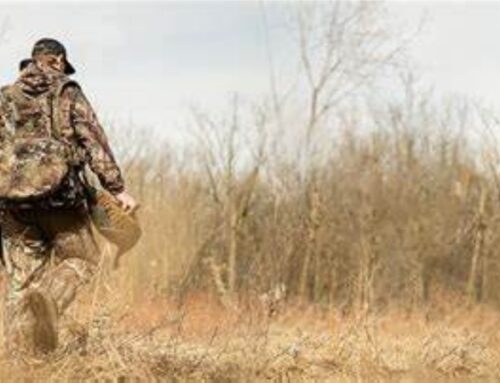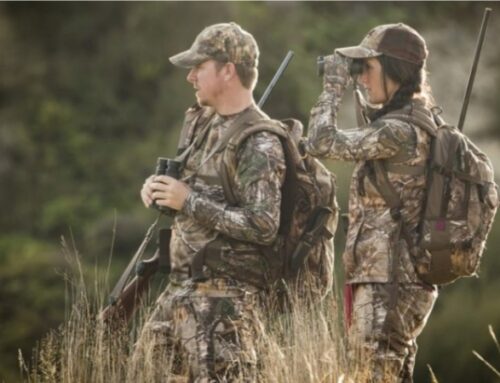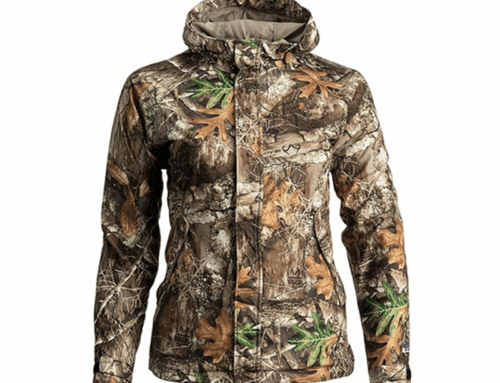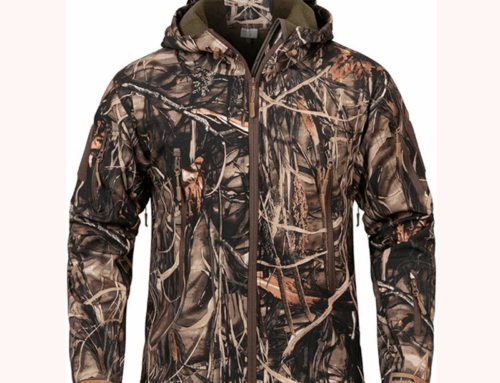Camouflage, derived from the French word camoufler (to disguise), is a design technique that has played a pivotal role in human history, particularly in hunting and warfare. In the context of hunting clothing, camouflage serves as more than just a visual trick—it is a critical tool for survival, stealth, and ethical hunting practices. This article explores the multifaceted significance of camouflage in hunting apparel, tracing its evolution from primitive mimicry to advanced technological designs. By examining its functional, ecological, and cultural implications, we can understand how camouflage continues to shape the relationship between hunters, their environment, and the animals they pursue.
BOWINS Garment,as a leading hunting clothing manufacturer and hunting clothing supplier, owns 3 hunting clothing factories and offers OEM and ODM service for global hunting clothing brands. We specialized in manufacturing custom hunting clothing in a wide range of size and fit for customers worldwide with 17+ years industrial experiences.This article focuses on the research of camouflage in the design of hunting clothing,for your reference.
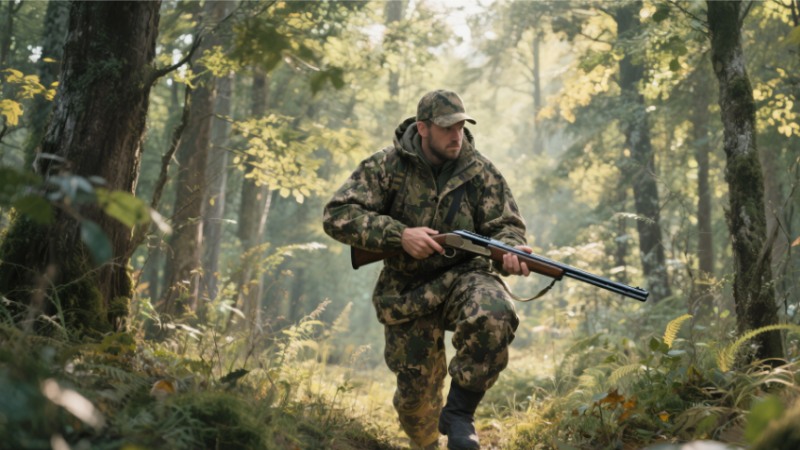
1. The Historical Evolution of Camouflage in Hunting
1.1 Early Beginnings: Natural Mimicry
Long before the invention of synthetic fabrics or scientific design, early hunters relied on natural materials to blend into their surroundings. Primitive societies used animal hides, leaves, and bark to mimic the textures and colors of their hunting grounds. For example, indigenous peoples in forested regions often wore earth-toned garments made from plant-dyed fibers, while Arctic hunters used white fur to blend into snowy landscapes. These early forms of camouflage were intuitive, driven by the need to approach prey undetected in environments where visibility was both a tool and a threat.
1.2 The Rise of Scientific Camouflage
The 19th century marked a turning point in camouflage design, driven by advancements in biology and textile technology. Naturalists and hunters began studying animal behavior and coloration, leading to the development of deliberate camouflage patterns. One notable example is the work of British naturalist Hugh Cott, whose 1940 book Adaptive Coloration in Animals systematically analyzed how animals use color and pattern to avoid detection. Hunters soon adopted these principles, experimenting with striped or dappled patterns to break up the human silhouette in forested areas.
1.3 Military Influence and Mass Production
The 20th century saw a dramatic shift in camouflage technology, largely influenced by military innovations. During World War I, armies introduced disruptive coloration patterns to disguise soldiers and equipment, a technique later adopted by hunters. The development of synthetic fibers like nylon and polyester in the mid-20th century allowed for mass production of durable, weather-resistant camouflage clothing. Brands like Realtree and Mossy Oak emerged in the 1980s, popularizing photographic-print camouflage that mimicked specific environments, such as dense forests or grasslands, with unprecedented realism.
1.4 Functional Significance: How Camouflage Enhances Hunting
Visual Stealth: Evading Prey’s Detection
The primary function of camouflage in hunting clothing is to disrupt the human form, making it harder for prey to recognize a threat. Most game animals, such as deer and elk, have evolved keen eyesight adapted to detecting movement and contrasting shapes. Camouflage patterns work by breaking up the outline of the hunter’s body, blending them into natural elements like tree bark, foliage, or snow. Modern designs use pixelated or “digital” patterns, which research suggests are more effective at disrupting the visual perception of animals, especially at medium distances .
1.5 Behavioral Adaptation: Psychological Impact on Prey
Beyond visual disguise, camouflage can influence the behavioral responses of animals. For instance, in species with strong herd instincts, a sudden glimpse of an unfamiliar shape can trigger alarm and flight. By remaining visually indistinct, hunters can observe prey behavior more closely, improving their ability to anticipate movements and make ethical shots. This psychological aspect is particularly crucial in stalking or ambush hunting, where patience and observation are key.
1.6 Environmental Adaptation: Climate and Terrain
Camouflage is not a one-size-fits-all solution; it must adapt to specific ecosystems and weather conditions. For example:
Forest Camouflage: Features deep greens, browns, and irregular patterns to mimic tree trunks and underbrush.
Desert Camouflage: Utilizes sandy beiges and muted oranges to blend with arid landscapes.
Snow Camouflage: Employs solid white or subtle blue tones to reflect light in snowy environments.
Advanced hunting clothing now incorporates modular systems, allowing hunters to layer different camouflage patterns or colors depending on the season or terrain.
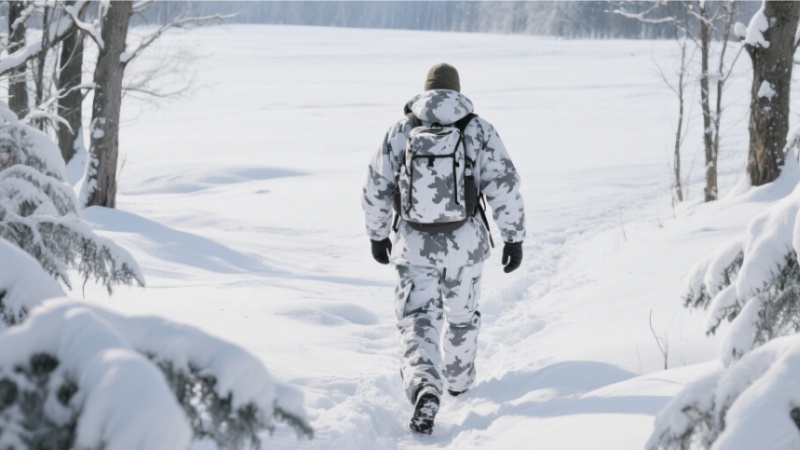
2. Technological Innovations in Camouflage Design
2.1 Photorealistic and Digital Patterns
Modern camouflage designs leverage high-resolution photography and computer-aided design (CAD) to create hyper-realistic patterns. Brands like Sitka Gear use 3D mapping of specific regions to develop “environment-specific” prints, such as their Subalpine pattern for mountainous terrain. Digital camouflage, with its pixelated geometry, was initially developed for military use but has proven effective in hunting by disrupting the linear edges of the human body, making it harder for animals to perceive a coherent shape .
2.2 Multispectral Camouflage: Beyond Visual Detection
In recent years, hunting clothing has evolved to address not just visual but also multisensory detection. Some fabrics are treated to reduce odor, as many animals rely on smell to detect predators. Additionally, “thermal camouflage” materials aim to disrupt heat signatures, though their effectiveness remains debated. These innovations reflect a broader trend toward “holistic stealth,” combining visual, olfactory, and even auditory concealment.
2.3 Sustainability and Material Science
As environmental awareness grows, camouflage design is also embracing sustainable materials. Brands like Patagonia offer recycled polyester camouflage lines, while others explore plant-based dyes to reduce chemical use. This shift aligns with the ethical hunting movement, which emphasizes conservation and minimizing human impact on ecosystems.
2.4 Ethical and Ecological Implications
Promoting Ethical Hunting Practices
Camouflage plays a crucial role in ethical hunting by enabling hunters to get closer to their prey humanely. By reducing the likelihood of spooking animals, hunters can take more accurate shots, minimizing injury and suffering. This aligns with the principles of “fair chase,” which emphasizes respect for the animal and the environment. Conversely, poor camouflage can lead to botched attempts, increasing stress on wildlife populations and damaging the reputation of hunting as a sport.
2.5 Conservation and Stewardship
Effective camouflage also supports conservation efforts by allowing researchers and wildlife managers to observe animals without disturbing them. Biologists often use camouflage clothing to study behavior in the wild, informing conservation strategies. Additionally, hunters who prioritize stealth through camouflage are more likely to engage with their environment mindfully, fostering a deeper appreciation for ecosystems and the need to protect them.
2.6 Cultural and Fashionable Dimensions
Camouflage in Popular Culture
What began as a functional tool has become a cultural icon. Camouflage patterns have transcended hunting and military contexts to dominate fashion, streetwear, and art. Brands like Supreme and Gucci frequently incorporate camouflage into their designs, reflecting its edgy, outdoorsy aesthetic. This crossover has democratized camouflage, making it a symbol of adventure and rebellion, even among those with no connection to hunting .
Identity and Tradition
For many hunting communities, camouflage is a symbol of heritage and identity. Traditional patterns passed down through generations evoke regional pride and hunting traditions. For example, the “duck blind” camouflage of the American South or the tartan-inspired patterns in Scottish hunting attire carry cultural significance, blending functionality with historical symbolism.
2.7 Challenges and Controversies
Effectiveness Debates
Critics argue that the psychological impact of camouflage is overstated, as many animals rely more on smell or hearing than vision. While visual stealth is undoubtedly valuable in certain contexts, its effectiveness varies by species and environment. For instance, waterfowl hunting often relies more on decoys and blind placement than on clothing camouflage. This has led some hunters to prioritize comfort and functionality over elaborate patterns.
Environmental Concerns
The production of synthetic camouflage fabrics can have environmental drawbacks, including microplastic pollution and chemical runoff from dyes. While sustainable alternatives are emerging, the industry still has a long way to go in reducing its ecological footprint. Additionally, the overuse of camouflage in fashion has been criticized for trivializing its original purpose and contributing to fast fashion waste.
2.8 Future Directions in Camouflage Design
AI and Adaptive Camouflage
The next frontier in camouflage may lie in artificial intelligence and adaptive materials. Researchers are exploring fabrics that can change color or pattern in real time to match the environment, inspired by chameleons and octopuses. Such “active camouflage” could revolutionize hunting clothing, allowing hunters to blend into dynamic environments like shifting light in forests or changing seasons .
Biomimicry and Natural Systems
Biomimicry—the practice of emulating natural designs—offers new possibilities for camouflage. For example, studying the iridescent scales of fish or the fractal patterns of tree bark could lead to more effective disruptive patterns. These designs would not only enhance stealth but also pay homage to the ecosystems hunters seek to protect.
3. Conclusion
Camouflage in hunting clothing design is a testament to human ingenuity and our enduring relationship with nature. From primitive hide coverings to AI-driven adaptive fabrics, it has evolved as a tool for survival, ethics, and cultural expression. Its significance extends beyond mere disguise: it embodies the hunter’s commitment to stewardship, the balance between functionality and fashion, and the timeless quest to coexist with the natural world. As technology and environmental values continue to evolve, camouflage will remain a dynamic symbol of how humanity navigates the delicate line between pursuit and preservation.

